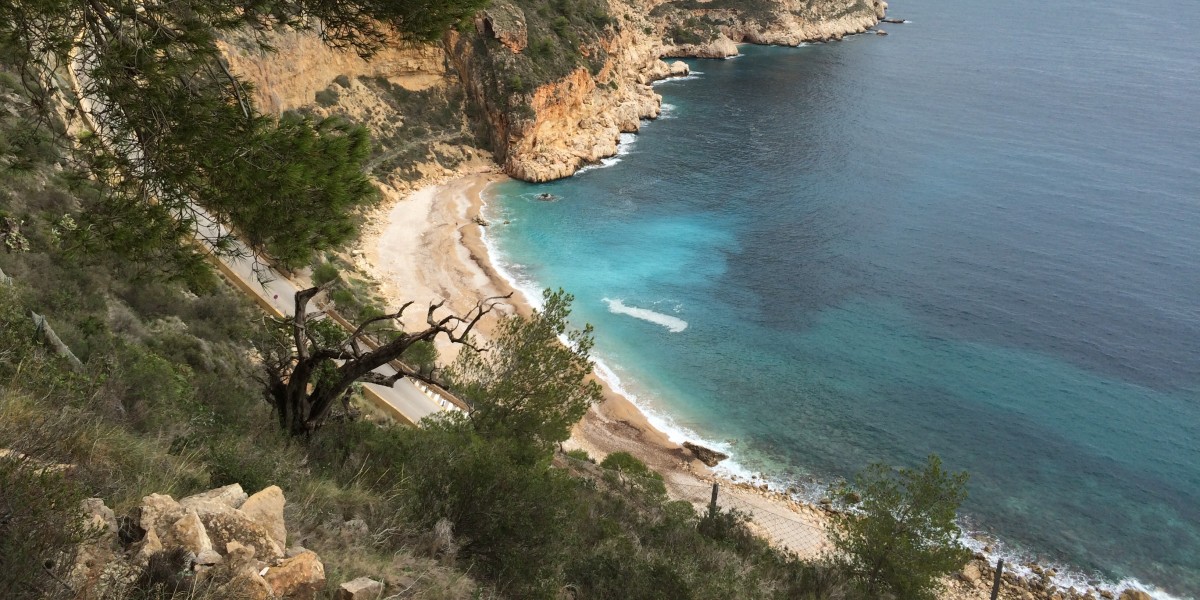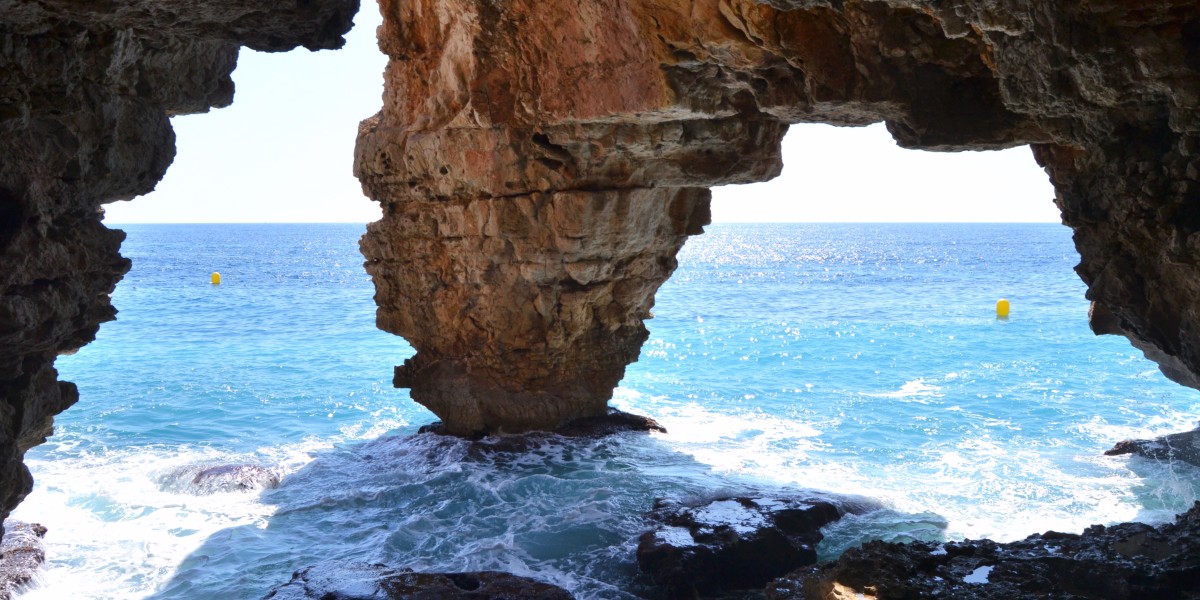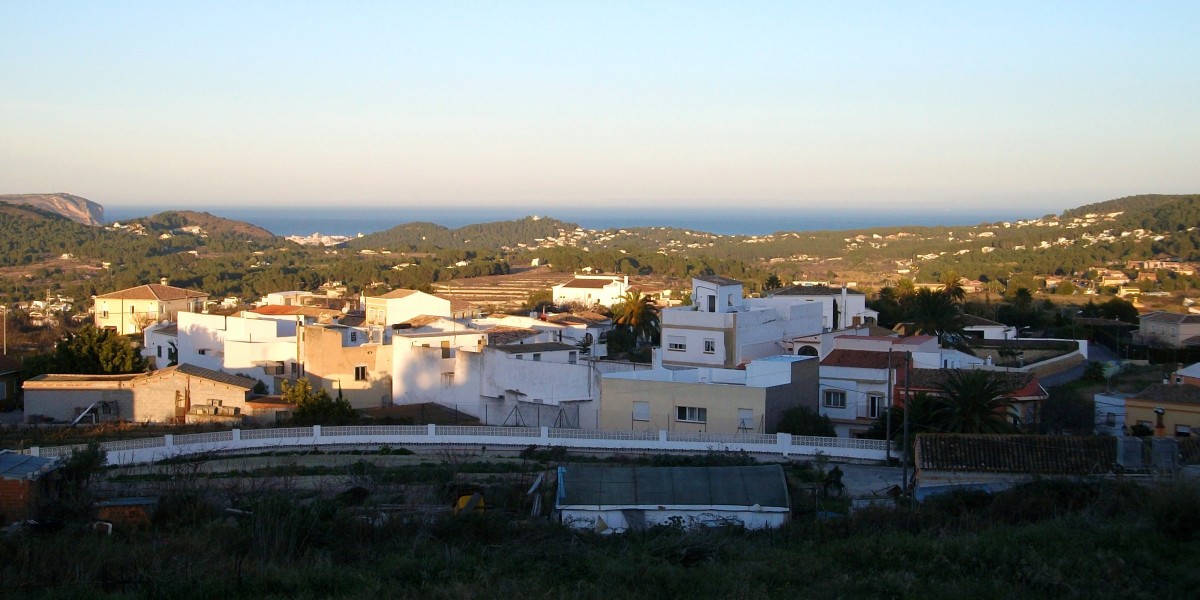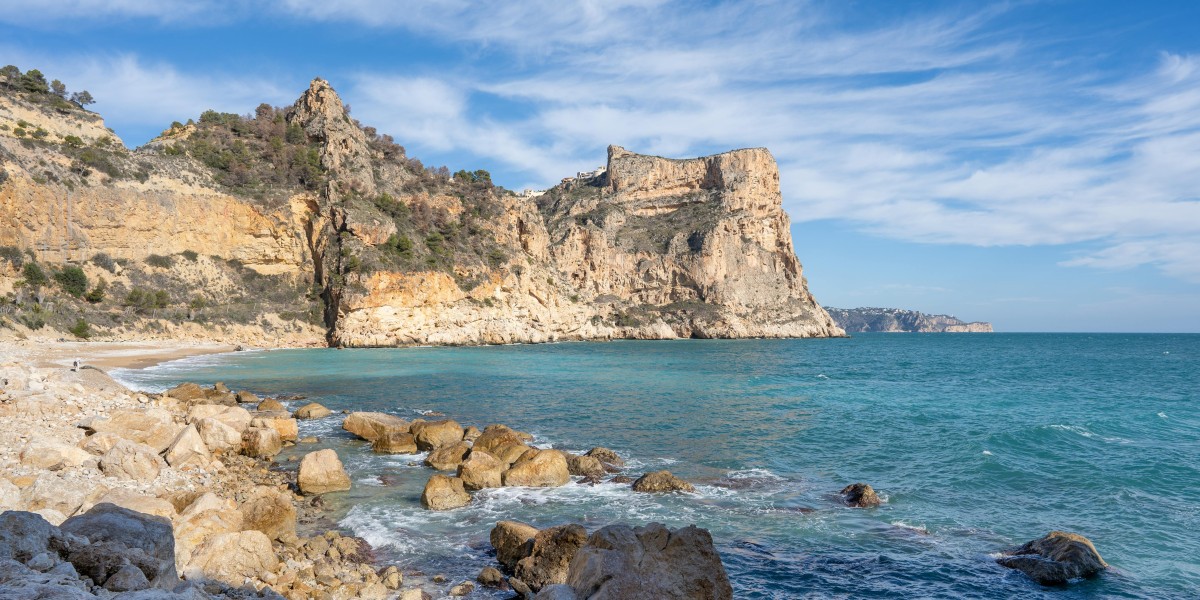
Located on the northern Costa Blanca, between the popular towns of Jávea and Moraira, lies Benitachell, or El Poble Nou de Benitatxell as it’s known in Valencian. This town is a tale of two parts: a traditional village core and sprawling clifftop residential areas offering some of the most dramatic sea views in the region. Living in Benitatchell is great for those looking for a quieter pace of life and a strong community feel, all while being just a short drive from the buzz of its larger neighbours.
Is Benitachell a good place to live?

For those seeking a quiet base on the Costa Blanca, it has a great deal to recommend it. The town presents a combination of the traditional Spanish village centre and the modern residential communities (urbanizaciones) that spread across the hillsides. This setup allows residents to experience a more local atmosphere while living within a well-established international community.
The area's main draw is its natural setting. Dotted with Blue Flag beaches, the coastline here is rugged and impressive, with high cliffs and secluded coves. It’s a good choice for anyone who values outdoor space and a strong sense of community over the constant activity found in the larger coastal resorts nearby.
Cost of living in Benitachell
When it comes to the cost of living in Benitachell, it generally offers better value than its more famous neighbours. For housing, as of August 2025, property prices in Benitachell averaged around €3,335 per m². To give you some perspective, prices in nearby Moraira averaged a much higher €4,250 per m² in the same period. This difference means you can find properties for sale starting from around €160,000, while long-term rentals begin at about €800 per month.
Day-to-day spending is also quite reasonable. You can expect to pay around €15 for a main course in a casual restaurant, and a decent meal for two in a mid-range place will likely be about €60. A cold beer, or una caña, is usually around the €3.50 mark, giving you a more affordable way to enjoy this beautiful stretch of coastline.
Things to do in Benitachell

Life in Benitachell really revolves around making the most of its natural surroundings and traditional village atmosphere. Most days are about getting outdoors, heading down to a hidden cove or taking a walk along the clifftops, followed by a wander through the old town.
Explore the dramatic coastline
The main event is Cala del Moraig, a pebble beach with crystal-clear water perfect for snorkelling. Don't miss the huge sea cave, the Cova dels Arcs, at one end. For a real adventure, you can hike down the trails to the more secluded Cala dels Testos and Cala Llebeig.
Take a scenic walk
The Ruta de los Acantilados is a clifftop path that offers some absolutely incredible views over the Mediterranean. You can appreciate just how rugged and beautiful this part of the coast is.
Play a round of golf
The well-regarded Club de Golf Jávea is actually located within Benitachell’s boundaries, so it’s right on your doorstep if you’re a keen golfer.
Wander through the old village
The village centre is a lovely spot to explore, with its focal point being the Iglesia de Santa María Magdalena and its distinctive blue and white tiled dome.
Enjoy the local food
There are plenty of traditional restaurants where you can try regional specialities, especially rice dishes like arròs a banda and freshly caught fish.
Best places to live in Benitachell
Deciding where to live in Benitachell really comes down to what kind of lifestyle you’re looking for. You’ve basically got a choice between two very different scenes: the old Spanish village vibe or the modern clifftop life.

The Old Town (Pueblo)
If you like the idea of being in the thick of proper Spanish life, the village centre is for you. It's all traditional townhouses crammed together on narrow, winding streets. You can walk everywhere – to the market, the bakery for fresh bread in the morning, and the local cafes. It's a great spot if you want to feel part of the community and aren't too bothered about having a sea view from your window.
Cumbre del Sol
This place is a world away from the old town. It’s a massive residential area built right on the cliffs, and the views are absolutely incredible. This is where you'll find most of the international community. It's so big it has its own supermarket, a few bars, and even the big international school, Lady Elizabeth. If you're looking for a modern villa with a pool and a ready-made expat social life, this is your spot.
Other residential areas (Urbanizaciones)
There are also a few other residential spots, like Les Fonts and Los Molinos, scattered in the countryside between the village and the coast. These are generally much quieter and are mostly made up of villas with their own pools and gardens. They're a good option if you want a bit more peace and privacy, but you'll definitely need a car to get anywhere.
Living in Benitachell as a foreigner

You'll find it pretty easy to settle into Benitachell, as there's a huge international community here, especially up in the Cumbre del Sol area. This means you can definitely get by with English in many of the shops and restaurants, which makes for a soft landing. There’s a really active social scene, too, with plenty of clubs and events going on, from wine tasting to walking groups. The whole town has a reputation for being a friendly melting pot of cultures.
For families, the big draw is having a very well-regarded international school, right on the doorstep. The good internet connectivity also makes it a surprisingly popular spot for digital nomads who want the quiet village life without being disconnected.
Of course, there’s the famous Spanish paperwork to deal with. You’ll need to get your head around things like the NIE number and registering on the padrón (the local census). Find a local gestor (an administrative consultant) to help you out if you have the means. While the expat bubble is strong, it's worth making an effort to learn Spanish, especially if you want to get to know the locals in the old village and feel part of the town's traditional culture and fiestas.
-----------------------------------
Stay in the know about living in Spain as a foreigner—get our weekly newsletter for the latest travel, legal, and lifestyle news.
For a taste of the high life, sign up for the monthly luxury market round-up.
